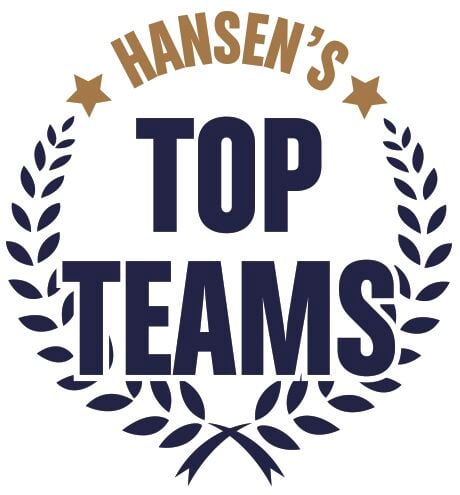More than 30 years before Lute Olson stepped into McKale Center, Arizona was a basketball town. Proof: Arizona won 81 consecutive games at Bear Down Gym and rose to No. 12 in the 1951 AP poll.
The Wildcats also won six straight Border Conference championships, going 72-15 in the league, qualifying for six consecutive postseason tournaments, either the NIT or NCAA, although in those days the NIT had just as much — or more — cache.
After the ’51 Wildcats were invited to both the NCAA and NIT, Star columnist Abe Chanin wrote that the demand for an arena with a seating capacity more than double the 4,000 at Bear Down Gym had led administrators to start plans for a new place.
“A new home for Wildcat basketball with an arena seating 10,000 is in the works,’’ wrote Chanin, who added the qualifier “although it might not happen for several years.’’

Several years? How about 1972.
What made Arizona’s climb to prominence so remarkable was that the Wildcats, coached by Fred Enke, were built around Southern Arizona players.
From 1945-51, Arizona’s leading players were Linc Richmond, Fred W. Enke (the coach’s son), Roger Johnson, Bob Honea, Jack Howell, Sid Kain, Leo Johnson and Tim Ballantyne, all from Southern Arizona. The other two standouts — Mo Udall and Leon Blevins — were from tiny St. John’s and Phoenix, respectively.
“Enke wasn’t a recruiter,’’ wrote Chanin. “But he could sure coach.’’
As Olson discovered in the mid 1980s, getting past the first round was rough:
1946: Arizona lost to Kentucky in a first-round NIT game in New York.
1948: Arizona lost an NCAA play-in game to Baylor in Dallas.
1949: Arizona lost an NCAA play-in game to Arkansas in Dallas.
1950: Arizona lost to No. 10 LaSalle in the NIT’s first round in New York City.
But a year later, the NCAA expanded the NCAA Tournament to 16 teams, giving the Border Conference champion an automatic berth in the field. Arizona, 24-4, was in demand.
Enke scheduled with an Olson-type boldness: the UA stunned No. 2-ranked CCNY in New York City, took powerful UCLA to the wire in a 69-63 loss in a San Francisco tournament and split a harrowing four-game road trip to the East Coast in which it played Top 20 schools CCNY, Duquesne and West Virginia.
Enke accepted both the NIT and NCAA bids; the NIT would be played in New York City on March 13, with the NCAA regional scheduled March 21 in Kansas City.
The Wildcats lost to No. 13 Dayton in the NIT first round, 74-68. They flew home to Tucson, practiced for two days and flew to Kansas for a showdown with No. 4 Kansas State. It wasn’t a place for the timid. About 9,000 of the 9,500 who packed the Kansas Auditorium were KSU fans.
Talk about daunting: the Arizona-KSU winner would meet BYU, which had won the NIT championship a week earlier and was ranked No. 3 nationally.
Kansas State beat Arizona 61-59, surviving a furious Arizona rally in which the Wildcats fell behind by 21 and tied the game with 1:31 remaining.

Arizona came back from 21 points down in the NCAA Tournament against Kansas State, but fell just short.
“Our boys made a magnificent comeback’’ said Enke, who was upset by several officiating calls that went KSU’s way in the final minute.
The college basketball nation gave Arizona its due. Roger Johnson, who was also one of the UA’s leading baseball players, was chosen to the All-American third team, becoming the first Wildcat so honored. He became the first Wildcat to score 1,000 career points (1,046).
Unfortunately, the ’51 season was the cap of Arizona’s climb in basketball. Recruiting local players no longer was a winning formula once college basketball began to grow in prowess in the 1950s.
Enke’s next five teams finished 11-16, 13-11, 14-10, 8-17 and 11-15. Plans to build a new arena were deactivated. By 1959, Enke’s club went 4-22. When he was forced to retire in 1961 at age 65 by the state’s mandatory retirement policy, the ’51 season was all but forgotten.
Arizona did not earn another NCAA Tournament bid until 1976.
But Enke’s star players from ’51 went on to productive post-basketball careers. Roger Johnson became a fighter pilot in the Air Force, retiring as a colonel. Leo Johnson became the principal at Pueblo High School. Honea served in the Korean War and became the postmaster of Marana. Sid Kain became a prominent Tucson attorney, and Jack Howell, whose son, J.R. Howell became a major-league third baseman for the Angels and Padres, was an engineer at Hughes Aircraft.







